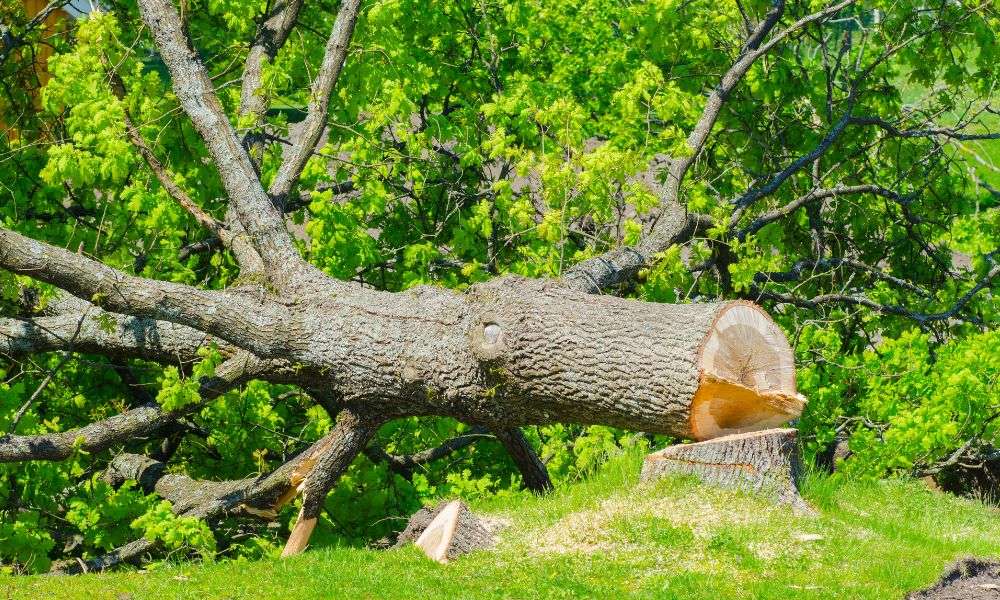Tree Jobs: Roles, Tasks, and Skills in Arboriculture
Working with trees covers a wide range of jobs across urban and rural settings, from hands-on climbing and pruning to planning and ecosystem management. Tree jobs include roles in commercial arboriculture, municipal parks, private garden maintenance, and forest management. These positions demand technical knowledge of species, safe use of equipment, and an understanding of plant health. Whether the work happens along a roadside, in a public park, in a private garden, or deep in a forest, safety, regulatory compliance, and good communication with clients or stakeholders are central to the role.

Tree: What do tree care jobs involve?
Tree care jobs typically include inspection, pruning, removal, planting, and health assessment. Arborists and tree surgeons evaluate tree structure, identify disease or pest issues, and recommend interventions that balance safety and tree longevity. Field tasks often require chainsaws, climbing gear, rigging equipment, and knowledge of cabling or bracing techniques. Administrative duties can include estimating work, preparing reports, and liaising with local authorities. Effective tree work blends physical skill with botanical knowledge and a consistent approach to safety and environmental stewardship.
Forest: How do forestry roles differ from urban tree work?
Forest jobs emphasize ecosystem-level management, timber production, conservation, and often longer timescales than urban tree work. Foresters plan harvests, conduct inventory and mapping, manage regeneration, and work to maintain biodiversity and watershed health. Equipment ranges from handheld tools to heavy machinery for logging and road-building. Roles in forestry can be seasonal and may require knowledge of silviculture, fire management, and habitat restoration. While arboriculture focuses on individual tree health, forestry considers populations, stand dynamics, and landscape-level outcomes.
Garden: What roles exist in garden tree care?
Garden-focused tree jobs are commonly found in private estates, botanical gardens, and residential landscaping. Tasks include careful pruning to shape trees, root care, soil management, planting ornamental species, and monitoring for pests that affect a garden’s aesthetic. Garden tree work often requires a delicate approach—pruning for form and health rather than large-scale removals—plus coordination with landscape designers and homeowners. Professionals in this area need plant identification skills, an eye for design, and sensitivity to the wider garden environment, including shrubs, lawns, and hardscapes.
Park: How is tree work managed in parks and public spaces?
Park tree work balances public safety, recreation needs, and conservation values. Municipal arborists and park managers assess risk, plan maintenance cycles, and manage veteran trees that have cultural or ecological value. Operations include routine pruning, hazard mitigation, storm damage response, and strategic planting to increase canopy cover. Coordination with city planners and community groups is common, and public procurement rules or permitting often apply. Park tree jobs require strong documentation practices and public communication when closures or removals affect park users.
Pruning: Who performs pruning and what techniques are used?
Pruning is performed by certified arborists, tree surgeons, landscapers, and trained grounds staff, depending on the setting and legal requirements. Techniques range from crown thinning and selective branch removal to structural pruning for young trees and corrective pruning to address faults. Proper pruning follows species-specific timing and aims to preserve tree health while reducing hazards. Incorrect pruning can cause long-term damage, so knowledge of wound response, appropriate cutting tools, and safety measures—particularly when working at height—is essential for anyone carrying out pruning.
Conclusion
Tree jobs span a spectrum from technical arboriculture and urban tree maintenance to forest management and garden pruning. Core competencies include species knowledge, safe equipment use, risk assessment, and clear communication. Different settings—forest, park, garden, or roadside—shape the daily tasks and priorities, but all roles contribute to public safety, ecological function, and the long-term health of trees in the landscape.






